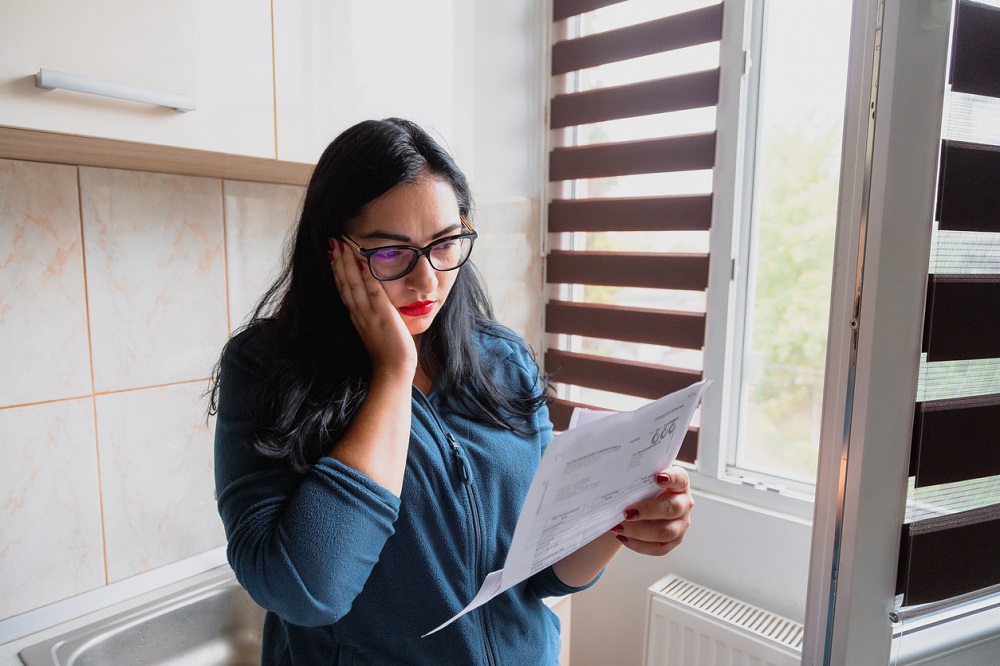Whether at home or at work, or simply traveling between, it’s impossible to ignore the recent rise in living costs. The Australian Bureau of Statistics (ABS) announced that in the 12 months to March this year, the Consumer Price Index (CPI) rose 5.1% – the highest rise in a decade. July saw an interest rate rise of .5% coming off the back of another .5% increase in June, as orchestrated by The Reserve Bank of Australia (RBA). Wages have increased since this time last year, but at a mere 2.4% comparatively. So what do the numbers mean for salon owners and their staff?
For employees, managing higher personal everyday expenses requires a wage increase. “There have been many cases of employees leaving having been offered more money either to work in another salon, or a different industry,” explains Reika Roberts, Aesthetic and Beauty Industry Council (ABIC) Chair and founder of Australian distribution company derma aesthetics. “It’s no secret that anyone could walk into another door and get an increase.”
The onus is then on the salon manager to boost morale and encourage a strong company culture. “Hourly rates and salaries are one thing, but culture and values are now more apparent than ever. We see many salons actively working on this to ensure employees feel purpose and are valued.”
Particularly vital after a challenging two years for small business, Reika argues that now is the time to invest in staff training and education as a means of securing greater staff retention rates.
According to an article published by The Council of Small Business Organisations Australia (COSBOA), rate rises have led to increases in rent for commercial leases and increases on business loans. Other key cost hikes have occurred on wholesale prices, international freight and wage growth.
Reika says the hikes have been both unwelcome and unpredictable. “We have become accustomed to price rises being implemented at the beginning of a year, but now many suppliers have increased their prices at various intervals throughout the year.”
Price rises from suppliers typically fall between 3 and 5%, she says, however these figures have been seen to double. “Certainly 10% price increases have become the norm” – costs distributors are then made to wear. “Raw materials, transport, supply chain logistics all have seen substantial increases. Of course, there is also a move toward sustainability, and sustainable equivalents are certainly much more expensive.”
The trickling down of these costs can further impact the salon owner. Ultimately, the choice lies in whether to carry the increase in labour and material costs, or to increase the prices of their in-salon services. “Pricing for profit is something that many salon owners are learning. It’s really important for small business owners to display the value they bring to people in their pricing. Instead of looking at price, it’s important for salon owners to focus on the value they bring to people and to how they make them feel – and price accordingly,” Reika suggests.
From the distribution level, businesses like derma aesthetics are electing not to raise costs, providing a much-needed resolve to its partners, many of whom are attempting to return to surplus post-COVID.
Similarly through her work with ABIC, Reika says the priority remains on supporting small businesses. The group achieves this by connecting with governing bodies such as COSBOA, providing a voice for the industry. Alongside ABIC CEO Stefanie Milla, Reika is responsible for gaining recognition for “the crucial role [our industry] plays in the nation’s recovery with employment of women, apprentices and the sheer volume of small businesses.”
“We are also active with every state’s small business commissioner. Having these amazing people to talk to gets our points to the minister if we are not able to meet directly. It’s great to be part of the change.”
Case Study: Victoria Houllis, salon owner and nail artist, Mannequin Hands

As a small business owner, how have recent rising interest rates and costs of living affected you and your salon?
“Naturally there’s a fun trickle down of rising rent and it’s definitely stressful trying to work out the ideal way to cop that cost as a business.”
The solution for many salon owners today is to increase their rates. Is this something you have considered doing for your business? Why or why not?
“Definitely. I put my prices up once a year and it’s definitely something I’m considering doing sooner than I usually do. While it’s hard to raise prices on my clients given the close friendships I’ve made with them, I still want my business to grow, expand and thrive and I’m constantly investing in products and training that increase the value of my service so naturally I consider it a must to give myself a price raise every year.”
We’ve recently commenced a new financial year. Are you feeling optimistic or pessimistic about the financial security of your business?
“I stay stressed about finances always because running the business isn’t my strong point, doing nails is. But I do my best to chat to friends from all different fields and separate my art and personal attachment to the business in order to get my head straight around the financial side of things.”
Read the current issue of our digital magazine here:
- For more news and updates, subscribe to our weekly newsletter
- Follow us on Instagram
- Like us on Facebook
- Join Australia’s largest network of beauty industry professionals on LinkedIn
- Subscribe to our print magazine
Have an idea for a story or want to see a topic covered on our site and in our pages? Get in touch at info@professionalbeauty.com.au.

